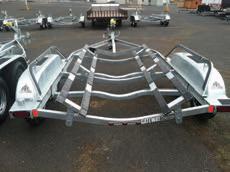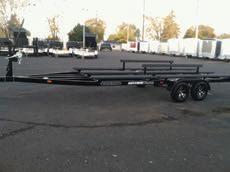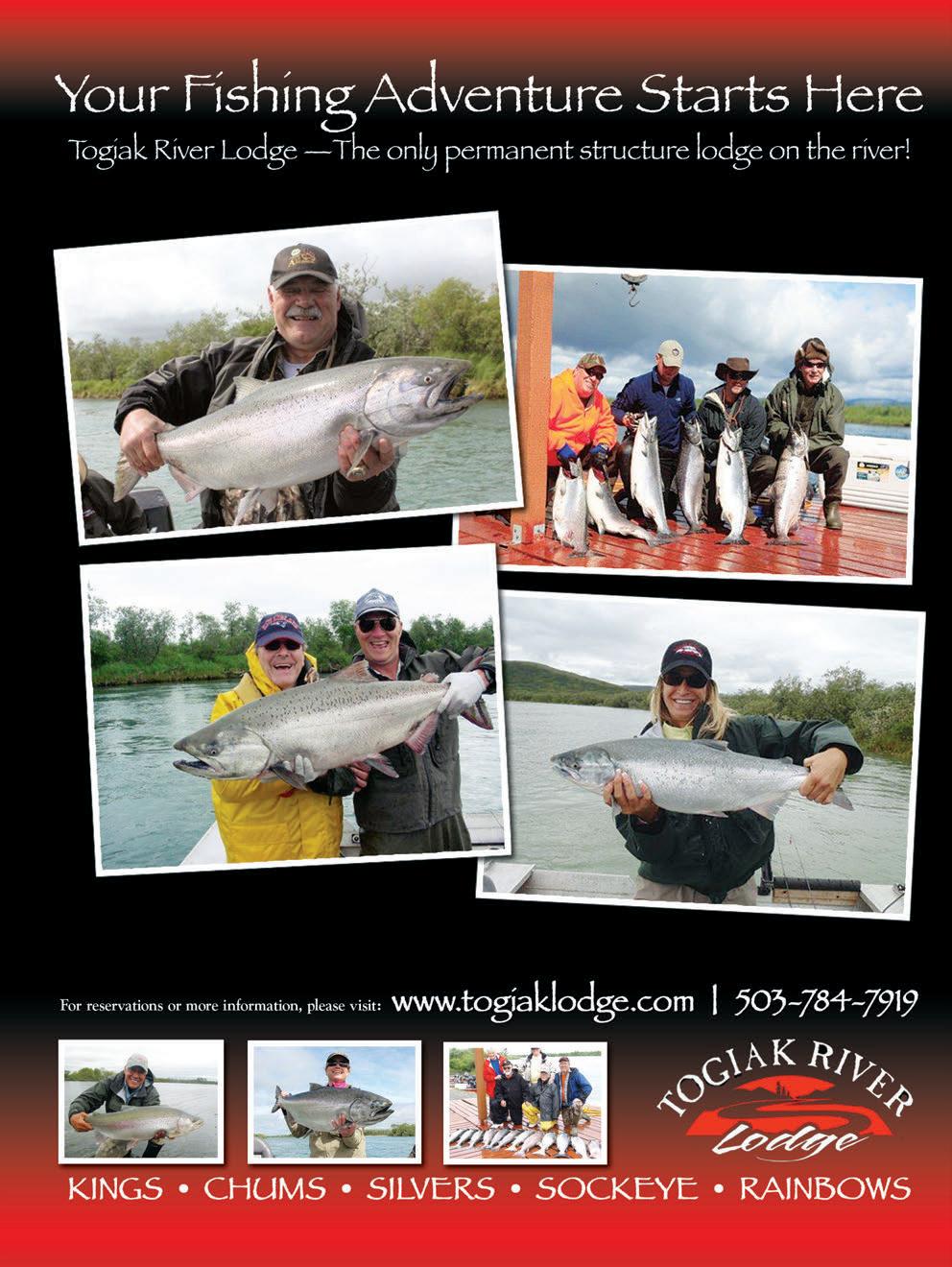
7 minute read
Pebble Mine final EIS released
FINAL PEBBLE MINE ENVIRONMENTAL IMPACT STATEMENT SPARKS OUTRAGE
BY CHRIS COCOLES
In the end, the Pebble Partnership and the Trump administration got what it was hoping for: a fast-tracked path to a possible gold and copper mine in the Bristol Bay watershed.
The U.S. Army Corps of Engineers had already teased as much earlier this year. The draft of the Corps’ environmental impact statement for the project suggested it would recommend a version of what the Pebble group was seeking in the face of opponents fearing such a mine could someday decimate the region’s prized salmon runs.
After another round of public comments, the final EIS was released on July 23, which suggested an approximate 8,300-acre project with an alternate transport system to other options presented by the Pebble
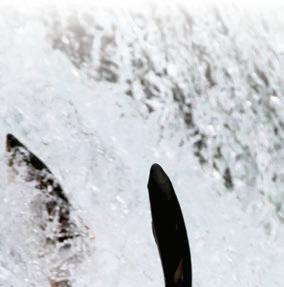
Partnership group.
And while there are still obstacles needed to clear to get the project underway – not to mention the threat of legal action on the horizon – those who are concerned about whether Bristol Bay’s fishing industry can coexist with this mine are furious and skeptical that the EIS release isn’t just the beginning of a larger scale project.

Salmon attempt to clear Brooks Falls, part of the incredibly rich greater Bristol Bay watershed. The region’s runs feed a sustainable billion-dollar industry, and fisher- men are speaking out against a re- cently published U.S. Army Corps of Engineers’ final environmental impact statement that claims the proposed Pebble Mine wouldn’t harm fish. (MARK TITUS)
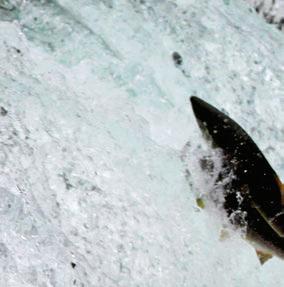

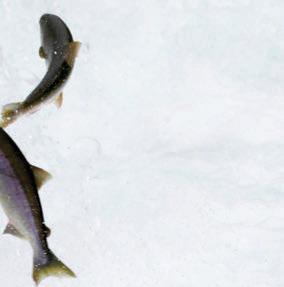

“The majority of Alaskans hate it,” says Tim Bristol, SalmonState’s executive director, of Pebble. “It will face broad and deep public opposition, Congressional scrutiny, legal opposition, and a steadily growing number of investors not interested in environmentally destructive and socially disruptive projects like Pebble.” (MARK TITUS)

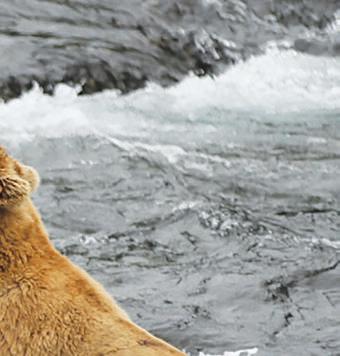

“With a wink and an-under-the-table handshake, Pebble is asking the U.S. Army Corps to issue a foot-in-the-door permit for a fake mine that is only a fraction of the one it intends to build,” said Tim Bristol, SalmonState executive director. “And while Pebble will claim this document is a validation of its phony plan, this project is still in the ditch. The majority of Alaskans hate it, it will face broad and deep public opposition, Congressional scrutiny, legal opposition, and a steadily growing number of investors not interested in environmentally destructive and socially disruptive projects like Pebble.”
“Pebble will cheer this document as a triumph, but it is so poorly done and the process has angered so many, the pushback will be like a tidal wave. Over time, we will come to see this moment as the beginning of the end for the proposed Pebble Mine.”
FAST-TRACKING PROCESS With the 2020 presidential election now three months away, critics of the mine implored the Corps to take more time to analyze more of the potential damage a
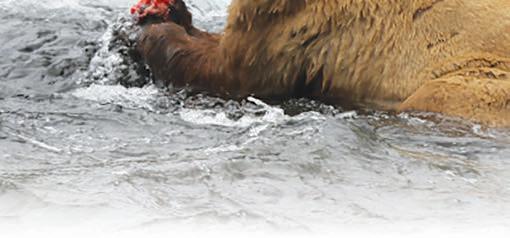
Pebble Mine failure could cause.
Several Bristol Bay leaders, including United Tribes of Bristol Bay executive director Alannah Hurley and Ralph Andersen, Bristol Bay Native Association president and CEO, released a joint statement shortly after the final EIS was revealed. Repeating a common theme from the mine’s detractors, the group questioned if the Corps satisfactorily concluded that a theoretical Pebble Mine would not harm Bristol Bay’s billiondollar salmon fishery.
“Preliminary review proves the final EIS completely fails to adequately assess the impacts of Pebble on Bristol Bay’s waters, salmon and people. This comes as no surprise to the people of Bristol Bay, who have been silenced and steamrolled throughout the two-and-a-half-year process that advanced at unprecedented speeds,” the group’s statement said. “Not only has the Corps ignored the voices of Bristol Bay, but also the concerns from major state and federal scientific agencies and a congressional directive to address the concerns with the major pitfalls in the assessment.”
As you can guess, Pebble Partnership CEO Tom Collier strikes a different tune, including repeating his long-standing salvo that his group’s project won’t harm the salmon or fishery, and that even in the worst-case scenario a catastrophic mine failure the damage would be miniscule.
“Alaskans, especially the residents of Bristol Bay, have never received the real Pebble story and after a lengthy misinformation campaign many were led to believe a mine at Pebble would harm the fishery. (The EIS) turns that lie on its head – returning salmon won’t be harmed, subsistence fishing won’t be harmed, and the commercial fishing industry won’t be harmed,” Collier said. “The final EIS for Pebble unequivocally shows it can be developed without harming salmon populations. It clearly states that no longterm measurable impacts to returning salmon are to be expected and there will be no long-term changes to the health of the Bristol Bay commercial fishery.”
SCIENTISTS WEIGH IN A few days following the EIS release, a group of technical experts held a

press conference to discuss the Corps’ contention that the mine and the salmon runs can safely coexist. But was the EIS assessment hastily rushed while under what appears to be a promining presidential administration in Washington?
Dave Chambers, PhD., P.Geo. and founder/president of the Center for Science in Public Participation, concluded that this particular project and location “is not a mine scenario that makes engineering sense,” besides the prevailing opinion that the EIS should have taken more time to consider failures.
“This EIS is a time-driven document. This is essentially the model that was recently proposed by the Trump Administration, that is, a two-year timeline. And that is essentially what this EIS was done under, basically two years. The environmental impact statement as envisioned by the National Environmental Policy Act was supposed to be a datadriven process, with science identifying the risks and mitigation measures for those risks,” Chambers said.
“A time-driven process does not allow for science-based analysis. It only allows for as much science as can be done in the time allowed. And this is probably why we see such poor analysis in tailings dam design issues like seismic stability, dam foundation geotechnical analysis and evaluating the long-term risks of failures.”
THE NEXT STEPS As David Hobbie, chief of the regulatory division for the Corps’ Alaska Division stated shortly before the final EIS was released, this wouldn’t be the final green light for Pebble Partnership to put shovels in the ground.
“(What’s) critical for folks to understand is that the final EIS is not a permit decision. It will be used by the Corps to inform the final step in the review process, which is the record of decision,” Hobbie said. “By regulation, the ROD cannot be finalized for at least 30 days from the publishing of the final EIS. We anticipate the ROD to be finalized later this year.”
But the fight is far from over. The Environmental Protection Agency can still reject the project as too risky for the ecosystem. And you can bet legal action will be taken by tribal landowners whose ground parts of the mine would utilize, among other potential litigation.
“The science is overwhelmingly clear: The proposed Pebble Mine is a catastrophe waiting to happen. It’s simply unconscionable to fast-track such a high-risk project with a shoddy environment review that failed to evaluate the consequences should the proposed six-story dam fail and release 10 billion gallons of toxic waste into Bristol Bay’s treasured, pristine ecosystem,” said Collin O’Mara, president and CEO of the National Wildlife Federation. “The administration should instead put a stop to this project and protect Alaska’s salmon and the communities that depend upon Bristol Bay. Since they won’t, we will see them in court.” ASJ
Editor’s note: You can view the final U.S. Army Corps of Engineers Pebble Project Environmental Impact Statement at pebbleprojecteis.com/documents/background.


Custom Boat Trailers


Reliable Quality Service & Craftsmanship For Over 50 Years!
• NMMA Certifi ed • All Steel Weld Frame, Fenders & Bunks• All Steel Weld Frame, Fenders & Bunks • 2 YEAR WARRANTY


